- Joined
- Dec 31, 2017
- Messages
- 251
- Points
- 158

What was the point of rigging a brig as a snow? What advantage did the extra mast provide?

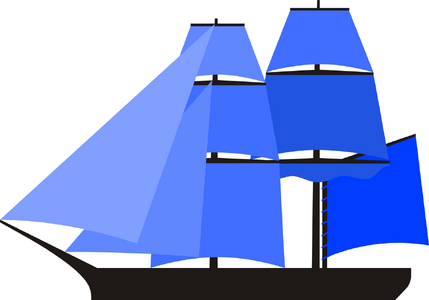
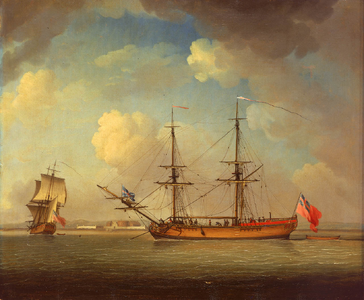
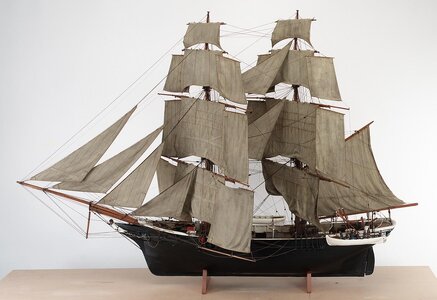
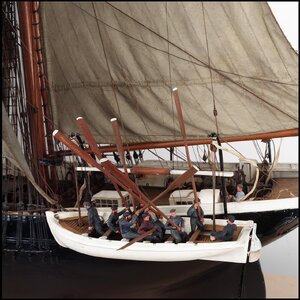
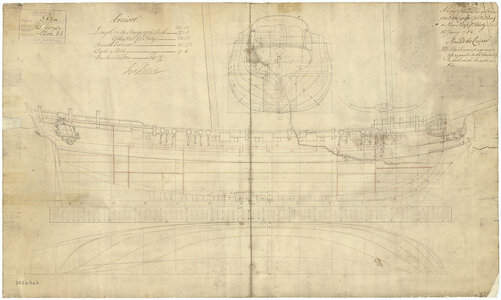
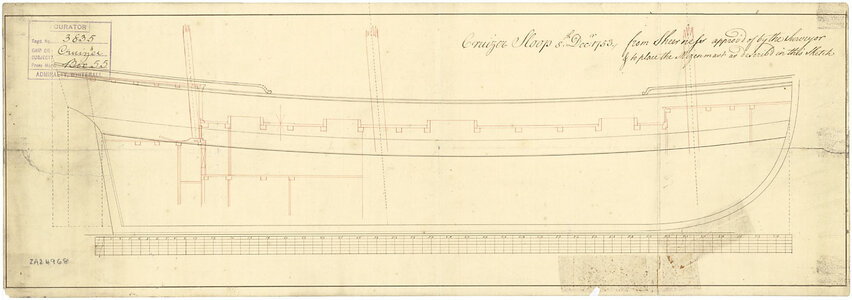
Many Thanks for confirming my thoughts - something learnt todayHoward Chapelle comments on brigs and snows in his book The History of American Sailing Ships.
"These [brigs and snows] gradually came into use in American vessels during the early part of the eighteenth century. They were two-masted vessels square-rigged on both masts. The brig set a gaff spanker on her main mast, schooner-fashion. Above this were the usual square sails. Because of the interference of the gaff-jaws it was difficult to set a square mainsail, and so in a brig this was omitted. A snow set her spanker on a "trysail mast," set on deck, a foot or so abaft the main mast, and secured aloft to the trestletrees of that mast. This enabled the snow to set a square main course and was the only difference in the two rigs. So narrow a definition could not last long: hence the word 'snow' went out of use, though all men-of-war brigs after 1800, in the United States Navy at least, were really snows for they all had trysail masts. Later many full rigged ships adopted this spar on all masts; it was then called a 'Spencer mast.'"

